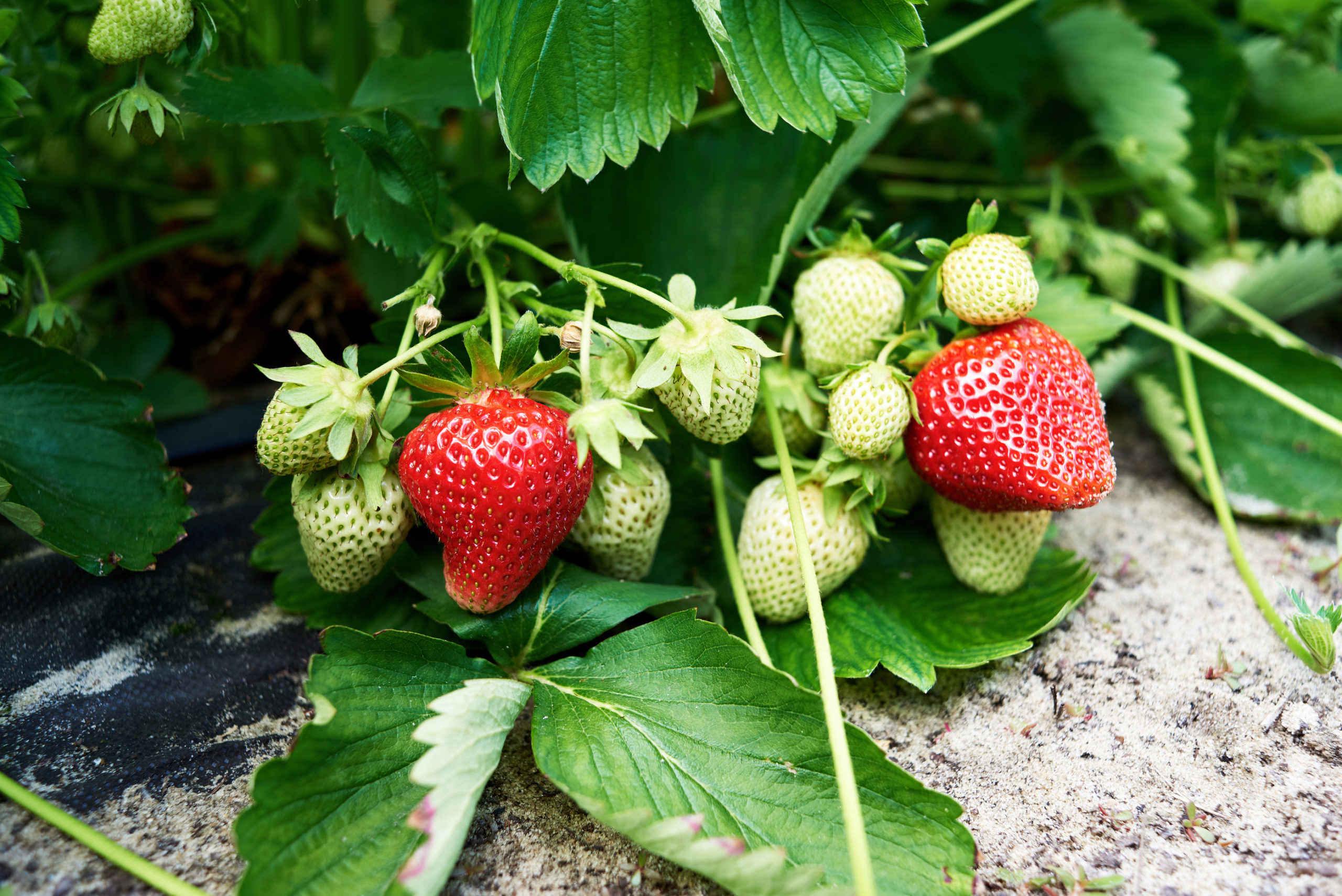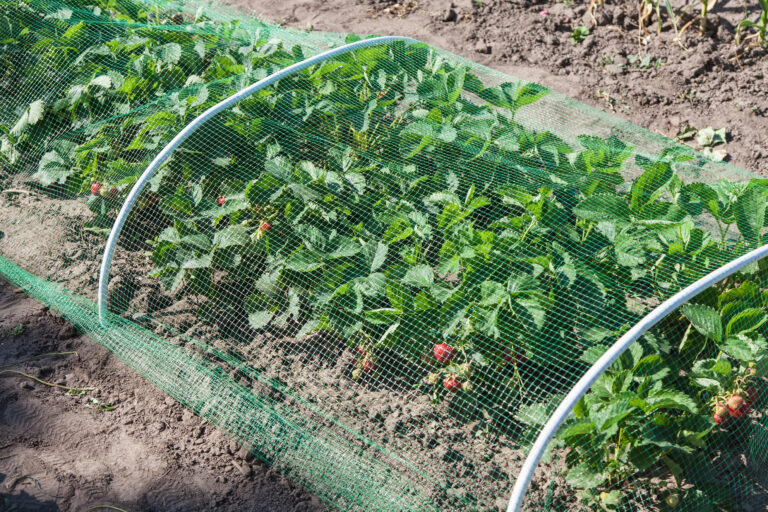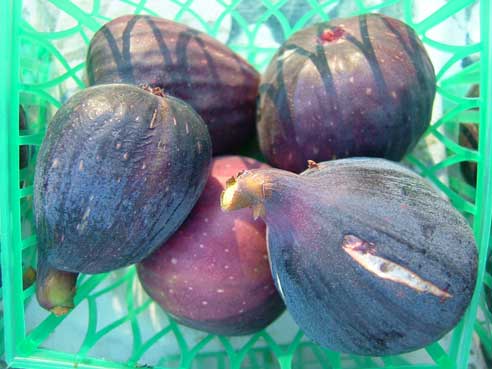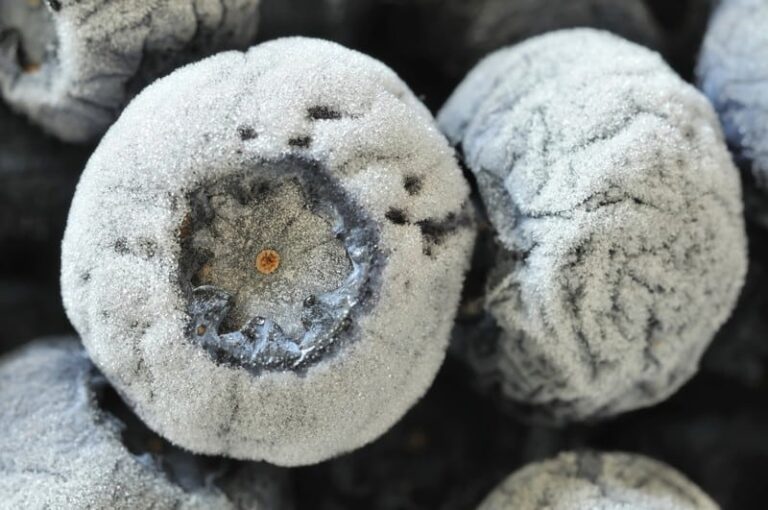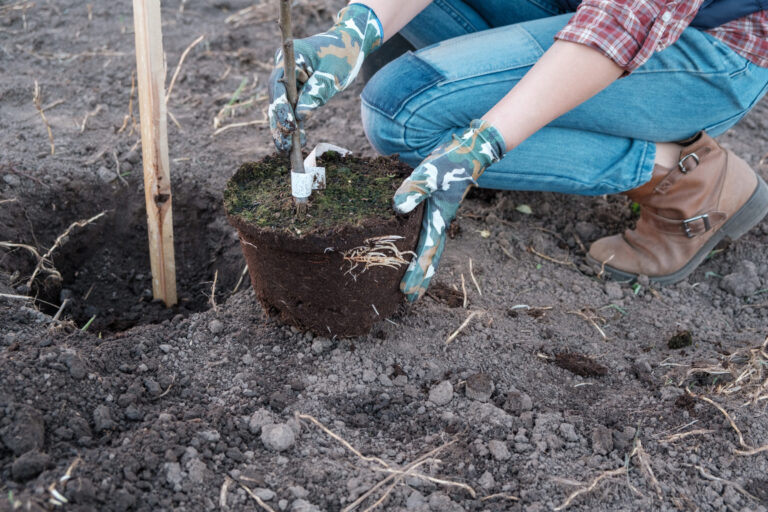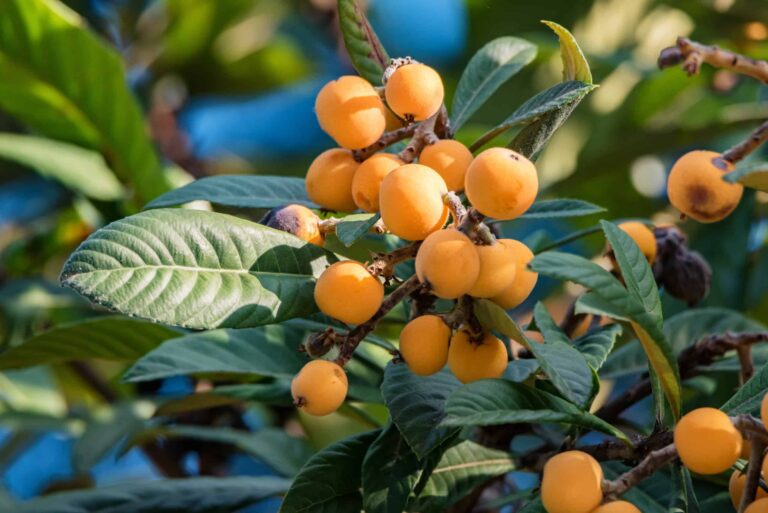How to Grow Strawberries: A Complete Guide From My Garden to Yours
Growing strawberries has been one of the most satisfying and sweet parts of my gardening life. Over the years, I’ve cultivated strawberries in raised beds, mounded rows, and containers—experimenting with varieties and techniques to get the best possible harvest from my backyard. Whether you’re a first-time grower or a seasoned gardener, this pillar post will walk you through the essentials of growing strawberries successfully. Use the links throughout the guide to explore related cluster posts in more depth.
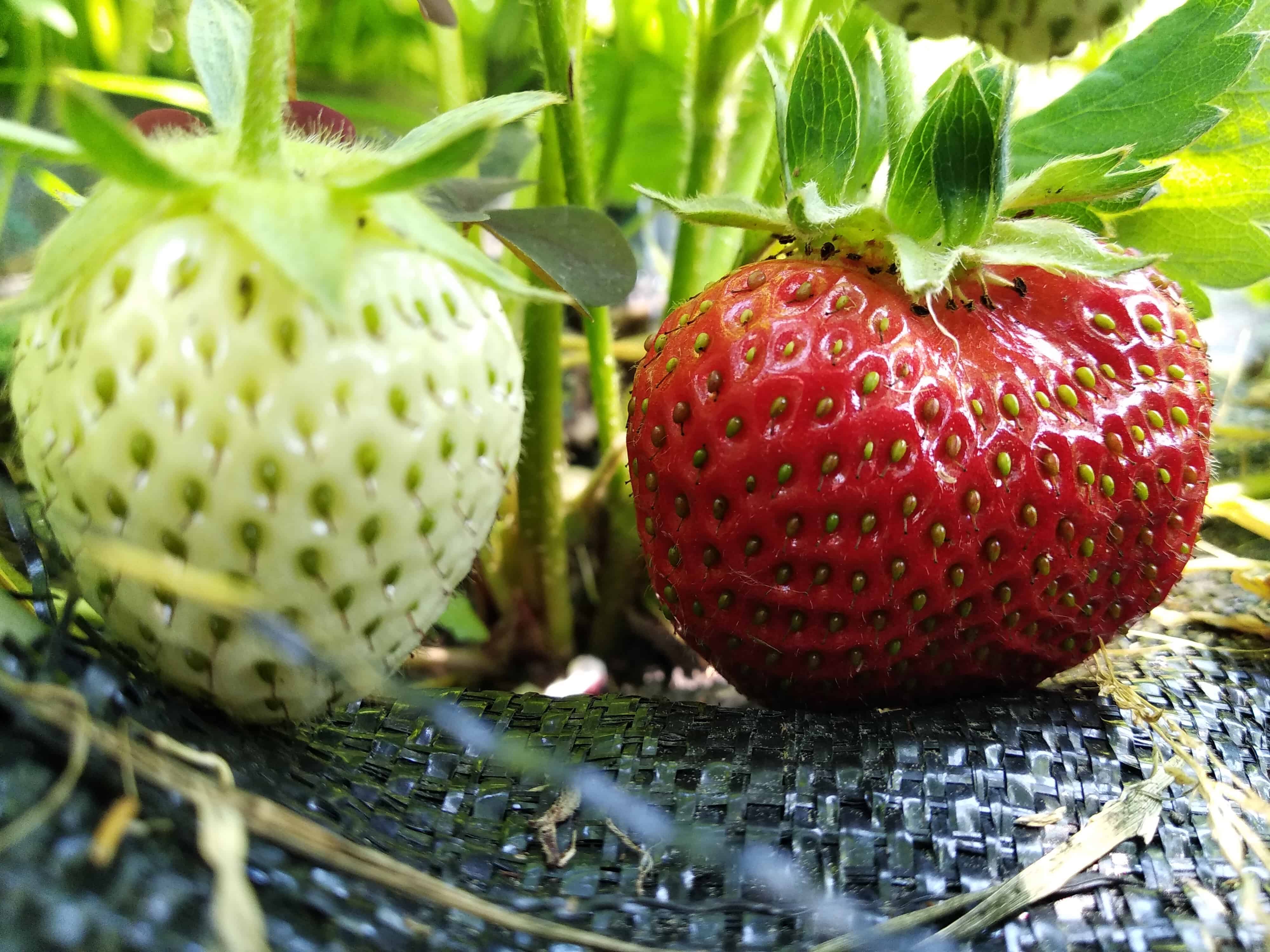
Why I Grow Strawberries
Strawberries are one of the easiest fruits to grow with a little planning and care. They’re compact, adapt to many climates, and the taste of a sun-warmed berry plucked straight from the garden is unbeatable. I grow them not just for fresh eating, but also for preserving—strawberry jam is a household staple here!
Choosing the Right Site and Climate
In my garden, getting the site just right has made all the difference when it comes to growing sweet, abundant strawberries. Over the years, I’ve learned that strawberries aren’t too fussy—but they do have their preferences. If you give them full sun, rich soil, and the right conditions, they’ll reward you with months of juicy fruit. Here’s what I’ve found works best where I garden in Zone 9b, and what I recommend for setting up your strawberry patch for success:
Strawberries thrive in full sun and well-drained soil. Here’s what I’ve found works best:
- Full sun: At least 6 to 8 hours of direct light daily.
- Soil: Amended with compost or aged leaf mold to improve drainage and fertility.
- pH level: Slightly acidic, around 5.5 to 6.8.
- Temperature: Ideal fruiting between 60°F and 80°F. In Zone 9b, I plant in late winter for early spring harvests.
[Read more about the best climate for strawberries ➔] Best Climate and Site for Growing Strawberries
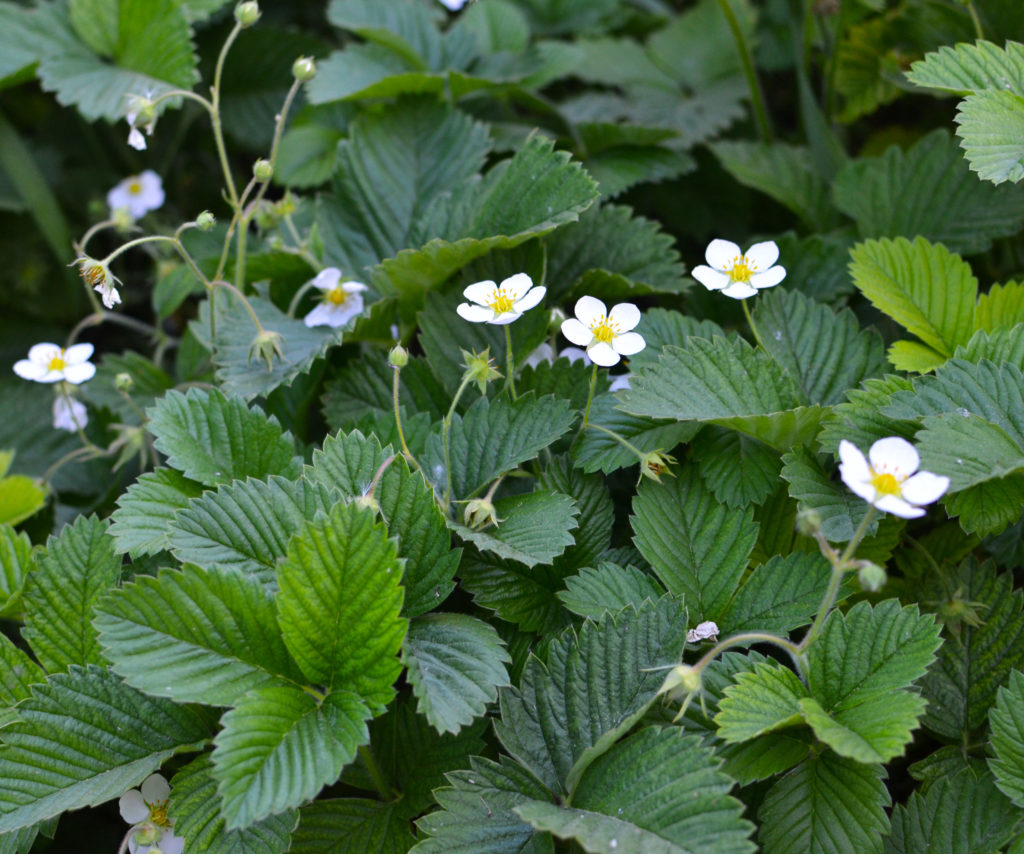
Selecting Strawberry Varieties
I’ve trialed dozens of strawberry varieties in different garden beds, containers, and even tucked into borders. Some flourished, others fizzled—but through that hands-on experience, I’ve found reliable performers that deliver flavor, yield, and adaptability. Whether you’re looking to preserve a big crop, snack all season, or grow in tight spaces, there’s a type that fits.Through trial and error, I’ve narrowed down varieties that perform well across different settings:
- June-bearing (e.g., ‘Chandler’, ‘Honeoye’, ‘Allstar’): One large early summer crop. Best for preserving.
- Ever-bearing (e.g., ‘Ozark Beauty’, ‘Quinault’): Two or three smaller harvests. Great for snacking.
- Day-neutral (e.g., ‘Albion’, ‘Seascape’): Consistent fruiting in temperatures from 35°F to 85°F. Ideal for containers.
- Alpine (e.g., ‘Mignonette’, ‘Golden Alexandria’): Tiny, flavorful berries perfect for borders.
Each strawberry type has its own rhythm. June-bearing strawberries produce one big crop in early summer—perfect for jam-making or freezing. Ever-bearing varieties give you two or three smaller harvests, usually in summer and fall. Day-neutral strawberries don’t follow the seasons; they fruit steadily as long as the temperature stays between 35°F and 85°F, making them a great choice for continuous picking. Alpine strawberries are in a league of their own—tiny, intensely sweet, and best enjoyed fresh right from the garden.
[Explore strawberry varieties in detail ➔]
- Strawberries: June-bearing vs Ever-bearing vs Day-neutral Varieties — What’s Best for Your Garden
- Strawberry Varieties by Region: The Best Picks for U.S. Gardeners
Where and When to Plant Strawberries
When it comes to planting strawberries, timing and location really make the difference—I’ve learned this the hard way over a few seasons. In my Zone 9b garden, I plant in late winter so the plants can get established before the heat of summer. If you’re in a cooler zone, early spring is your window. I always choose a sunny, well-drained spot—raised beds have been especially effective for me. Whether you’re planting bare-root crowns or nursery starts, a little prep goes a long way. Here’s how I get my strawberries off to a strong start:
Timing and Location
- When to plant: Late winter in warm zones; early spring in cooler areas.
- Where to plant: Choose a spot with good drainage and sun exposure. Raised beds work well.

How to Plant
I’ve planted strawberries every which way—bare-root crowns, potted starts from the garden center, and even from seed. Each method has its own rhythm, but they all lead to the same sweet reward. Crowns need a little soaking before planting, and I’ve learned to be precise with how deep they go—just at the soil surface. Nursery starts are the easiest for quick results, while seeds take more patience but offer a wider variety, especially with alpines. No matter how you start, spacing and mulch make a big difference in keeping plants healthy and productive.
Crowns which are dormant roots need to be soaked overnight in water before planting. Set crowns just at the soil surface.
Starts should be planted at the same soil level as the container.
- Space plants 12–18 inches apart.
- Use straw mulch to reduce weeds and conserve moisture.
[Learn how to plant strawberries properly ➔] How to Plant Strawberries: Step-by-Step
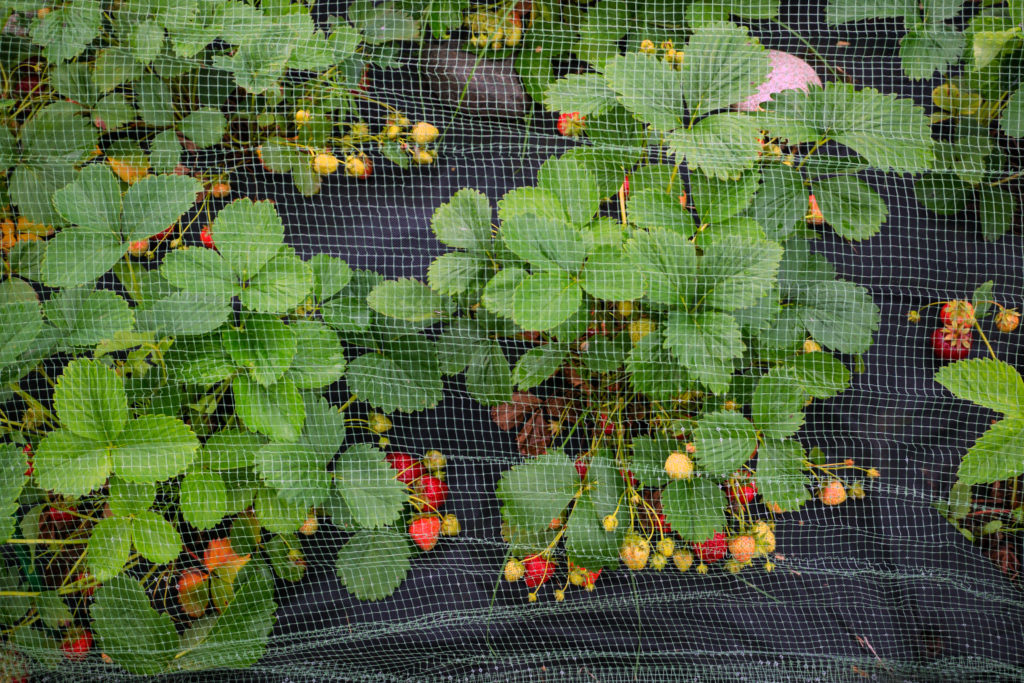
Caring for Strawberries
Caring for strawberries is one of those garden tasks that becomes second nature with time. I’ve found that consistent deep watering—especially during flowering and fruiting—makes a noticeable difference in berry size and sweetness. I always fertilize at planting and again once the first flowers show up to give the plants an extra boost. Mulch is a must in my garden; it keeps the fruit clean and deters weeds. I stay on top of trimming dead leaves and removing runners unless I’m looking to propagate. A little regular attention really goes a long way in keeping the patch healthy and productive all season long.
Watering and Feeding
- Water deeply once or twice a week.
- Fertilize at planting and again when flowers appear.
Ongoing Maintenance
- Mulch to protect fruit.
- Remove runners unless propagating.
- Trim back dead foliage and check regularly for signs of disease.
[Tips on strawberry care and maintenance ➔] Watering, Feeding, and Caring for Strawberries the Right Way
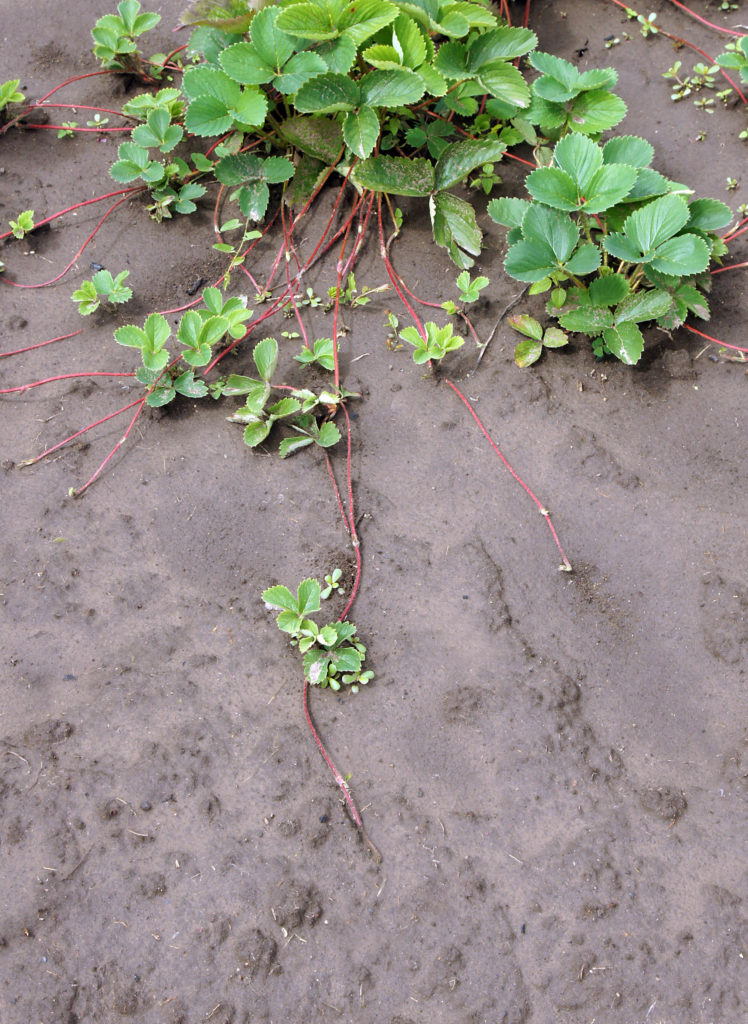
Propagation and Indoor Starts
Propagating strawberries has become one of my favorite ways to expand my patch without spending extra money. I let a few healthy plants send out runners each season, then peg them down into pots of soil until they root—it’s incredibly simple and satisfying. I’ve also had good success starting strawberries from seed and bare-root starts indoors under grow lights about 6 to 8 weeks before my last frost. It takes a bit more patience, but it’s a great way to get a jump on the season and experiment with new varieties.
- Use runners from mature plants to start new ones.
- Start seeds or bare-root plants indoors under lights 6-8 weeks before planting outdoors.
[Propagate strawberries from runners ➔] Propagating Strawberries from Runners
[Indoor strawberry starts guide ➔] Indoor Strawberry Starts: How and When to Begin
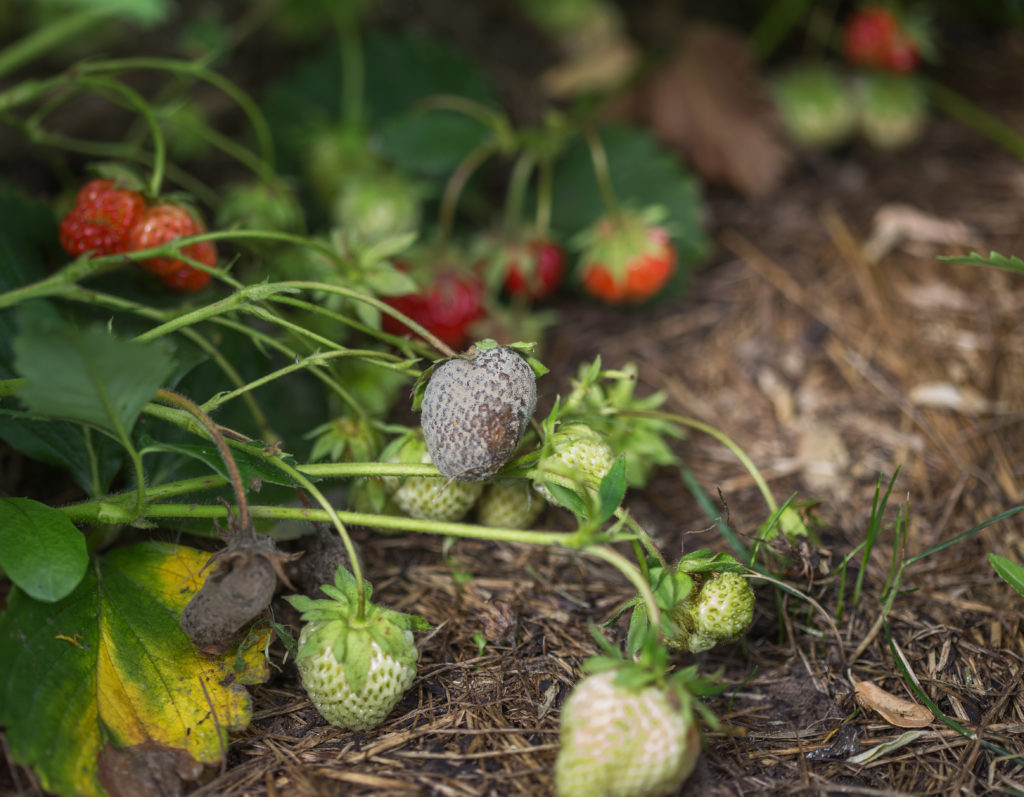
Pests and Disease Management
Experience has taught me that keeping my strawberry patch healthy means staying one step ahead of pests and diseases. I check my plants regularly for signs of trouble—like holes in leaves from slugs or curled foliage from aphids. I use organic controls whenever possible, like neem oil for pests or simply removing infected leaves to stop disease from spreading. Good airflow, crop rotation, and clean mulch have made a huge difference in preventing issues before they start. It’s not about perfection, but about paying attention and acting early.
- Slugs and snails: Use barriers like copper tape or diatomaceous earth.
- Aphids and mites: Spray with water or neem oil.
- Fungal issues: Keep beds clean and mulch to prevent soil splash.
[Guide to strawberry pests and diseases ➔] Strawberry Problems Solved: Common Pests and Diseases—and How I Handle Them
Growing Strategies by Climate
I’ve grown strawberries in both hot summer climates and cold winter zones, and each presents its own challenges. In hot regions, I’ve found that using shade cloth and plenty of mulch helps keep the roots cool and the plants happy during those long, hot days. On the flip side, in colder regions, I rely on thick straw mulch and row covers to shield the crowns from freezing temperatures. No matter where you’re growing, the right strategies can make all the difference in getting a bountiful harvest.
- Hot summer regions: Use shade cloth and mulch to protect roots.
- Cold regions: Apply straw mulch and use row covers to protect crowns in winter.
[Strawberries in hot regions guide ➔] Growing Strawberries in Hot Summer Regions Including Best Varieties
[Year-round strawberry growing strategies ➔] Planning a Year-Round Strawberry Harvest
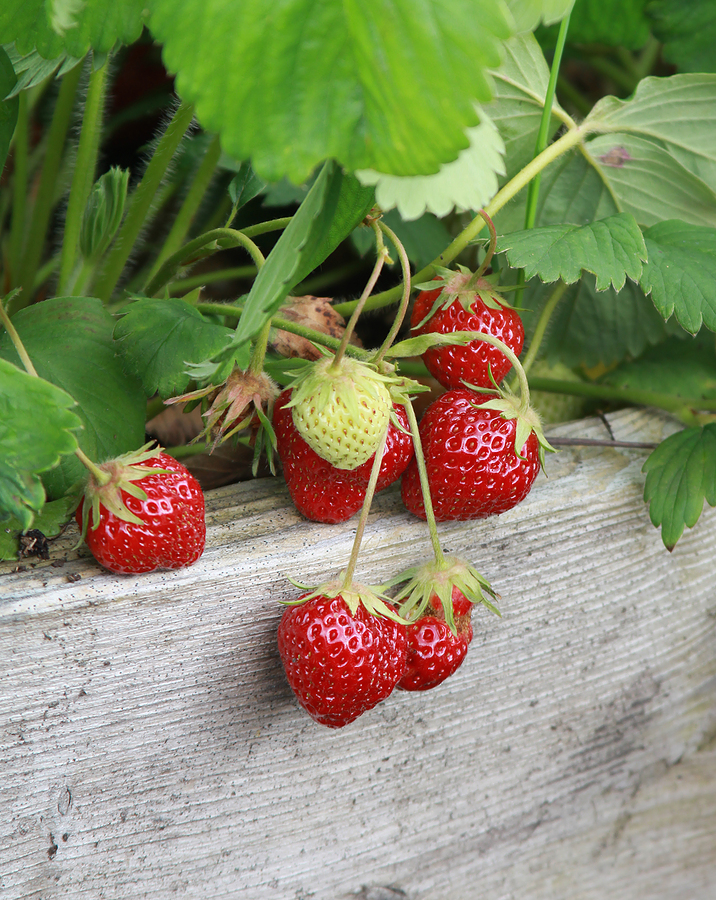
Harvesting and Storing Strawberries
Harvesting and storing strawberries is one of my favorite parts of the season, especially when I get to enjoy the fruits of my labor. I always make sure to pick the berries fully ripe and red, early in the morning when the air is cool and dry—this helps preserve their flavor and texture. For storage, I lay them unwashed on a paper towel-lined tray in the fridge to keep them fresh for a few days. If I have a surplus, I slice them up and freeze them with a little sugar or lemon juice to capture that fresh-picked taste for later use in smoothies or desserts. These simple tricks have helped me get the most out of my strawberry harvest.
- Pick berries fully red, early in the day when cool and dry.
- Store unwashed in the fridge on a paper towel-lined tray.
- Freeze sliced berries with sugar or lemon juice to retain flavor.
[Harvesting and storing strawberries ➔] Harvesting and Storing Strawberries: Tips for Freshness
Strawberry Serving Ideas
Fresh strawberries are incredibly versatile, and I love getting creative with ways to serve them. Of course, they’re delicious straight off the vine, but I also enjoy tossing them into a simple salad with mixed greens, goat cheese, and a balsamic glaze. For a sweet treat, I dip them in dark chocolate or serve them with a dollop of whipped cream. If I’m hosting, I’ll often make a fresh strawberry shortcake or top pancakes with sliced strawberries and a drizzle of honey. Whether on their own or as part of a dish, fresh strawberries always bring a burst of flavor and color to the table.
[Strawberry serving ideas ➔] Strawberry Serving Ideas for a Delicious Table
This pillar guide is your starting point for growing strawberries with success. Dive into each linked cluster post to explore deeper, hands-on insights from my strawberry beds to yours. 🍓
Related Posts:
🌱 Getting Started with Strawberries
- How to Grow Strawberries: A Complete Guide From My Garden to Yours
- Strawberry Planting Calendar: What to Plant and When
- How to Plant and Grow Strawberries
- How to Plant Strawberries: Step-by-Step
- Indoor Strawberry Starts: How and When to Begin
- Best Climate and Site for Growing Strawberries
🍓 Choosing Strawberry Varieties
- Strawberries: June-bearing vs Ever-bearing vs Day-neutral Varieties — What’s Best for Your Garden
- Strawberry Varieties by Region: The Best Picks for U.S. Gardeners
- June-Bearing Strawberry Varieties: A Complete Growing Guide
- Guide to Alpine Strawberries: Tiny but Tasty
- Growing Strawberries in Hot Summer Regions Including Best Varieties
🪴 Growing Techniques & Care
- Watering, Feeding, and Caring for Strawberries the Right Way
- Container Growing Strawberries: Space Saving Tips
- Propagating Strawberries from Runners
- Strawberry Problems Solved: Common Pests and Diseases—and How I Handle Them
🌞🌨️ Growing by Climate & Season
- Growing Strawberries Year-Round in Warm Climates: A Gardener’s Guide
- Fall and Winter Strawberry Care: Cold Climate Tips for Healthy Spring Growth
- Planning a Year-Round Strawberry Harvest
🍽️ Harvest & Enjoy
- Harvesting and Storing Strawberries: Tips for Freshness
- Strawberry Serving Ideas for a Delicious Table
*
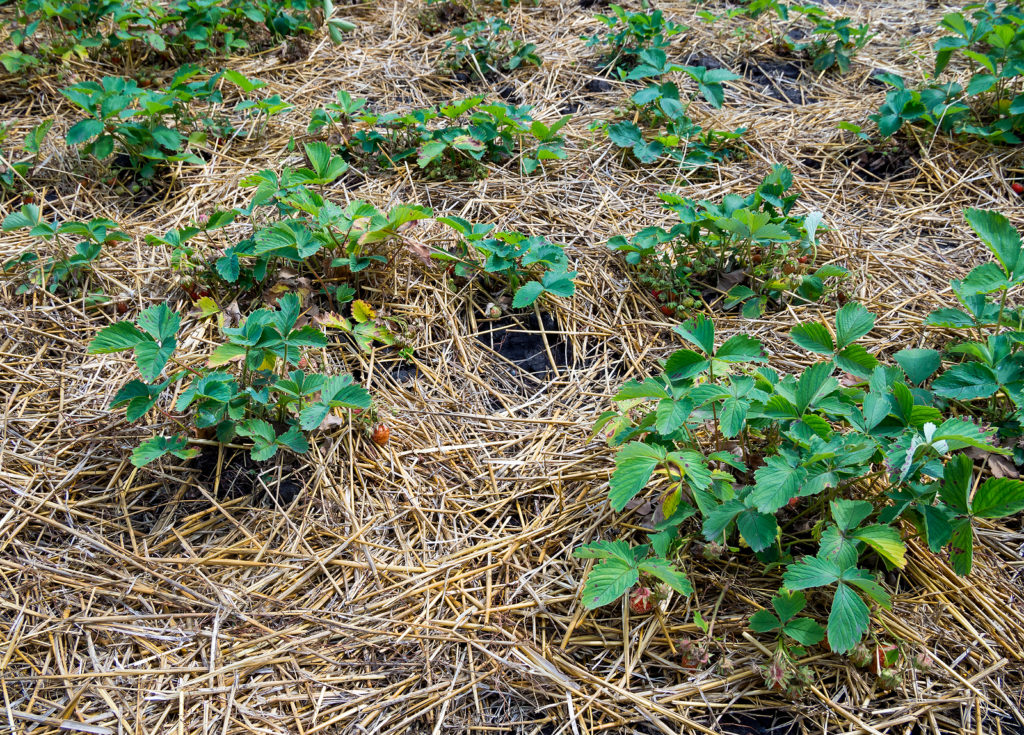
*
*
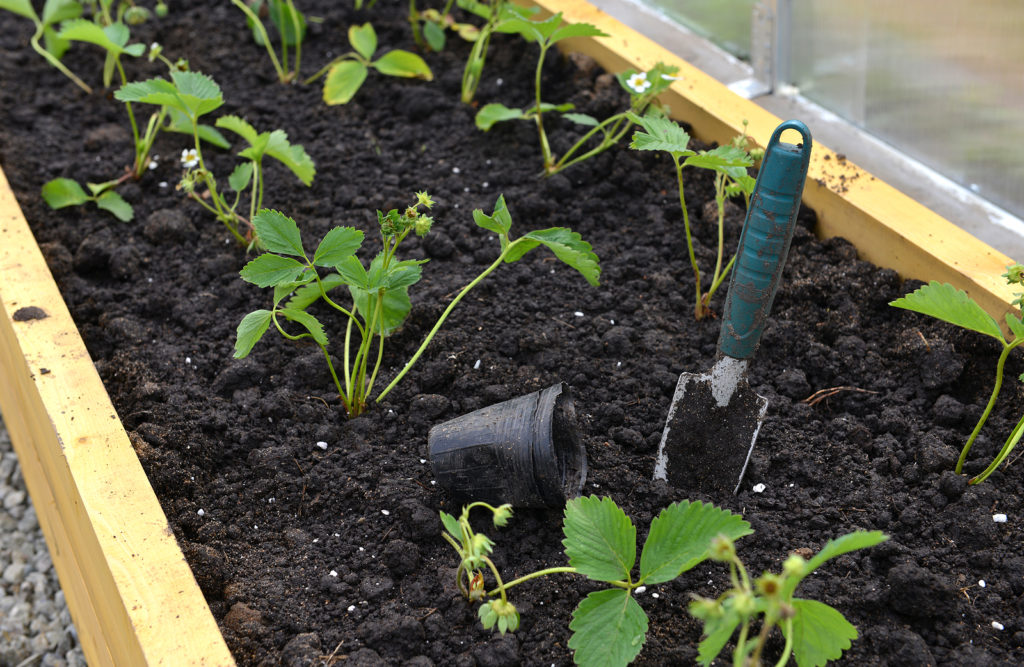
*
*
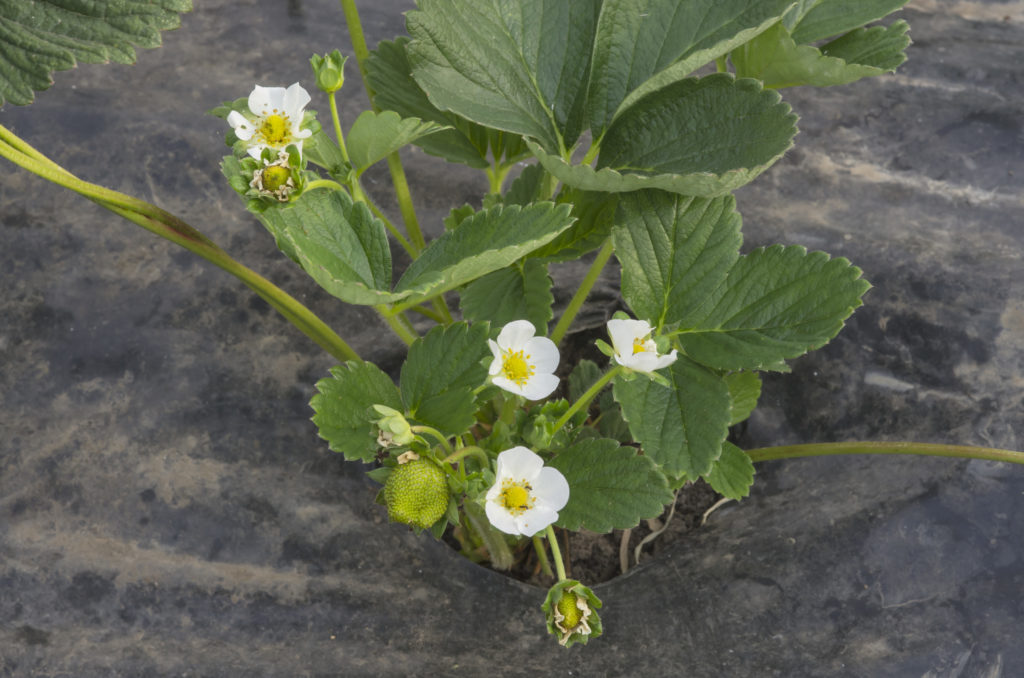
*
*
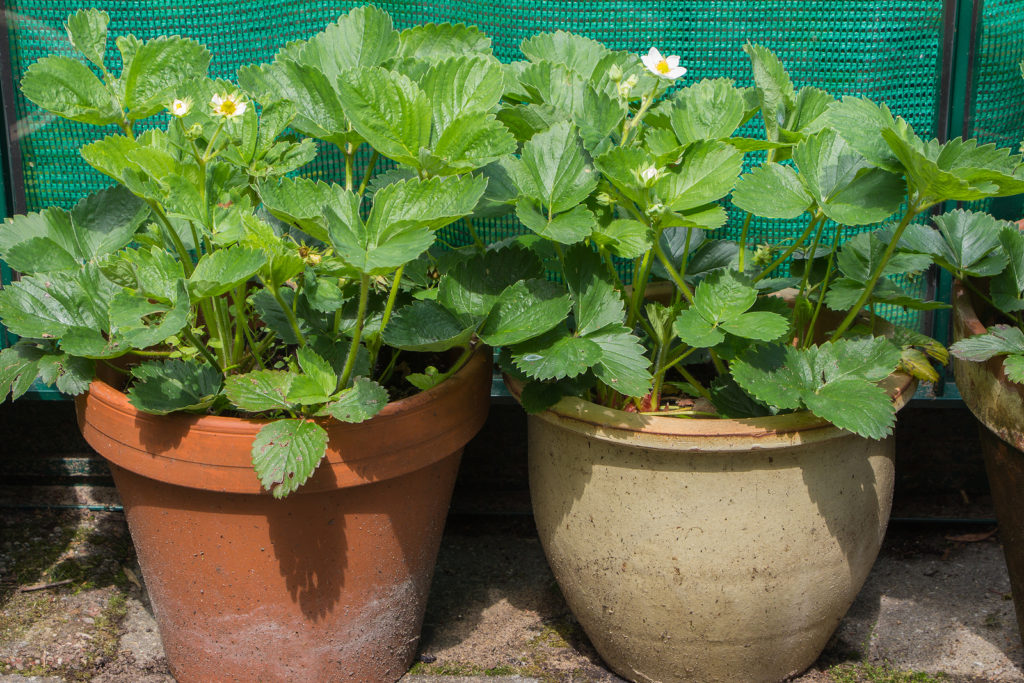
*
*
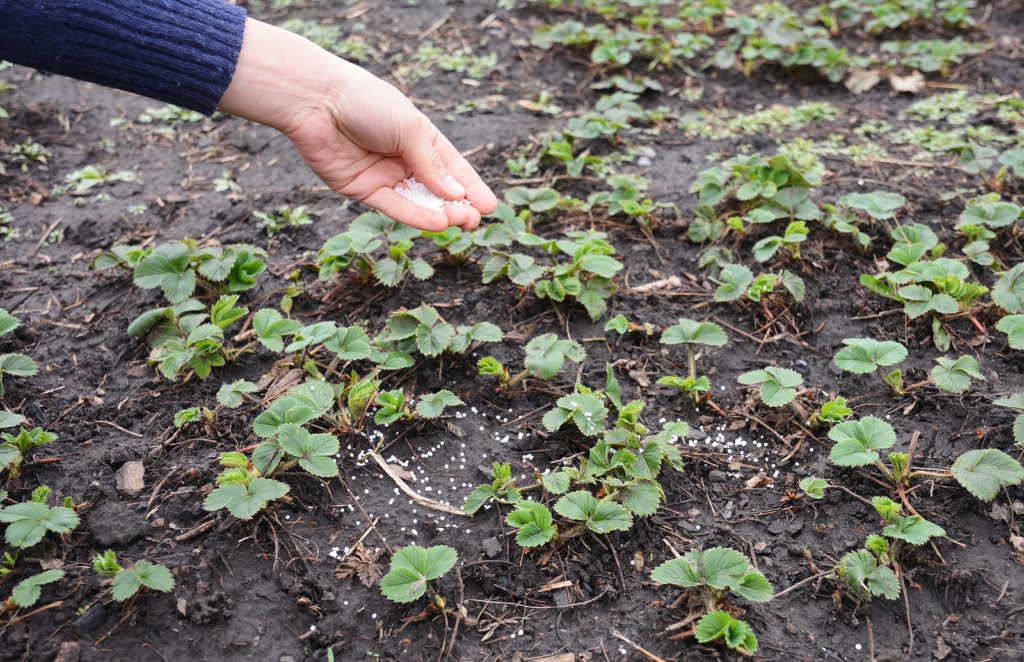
*
*
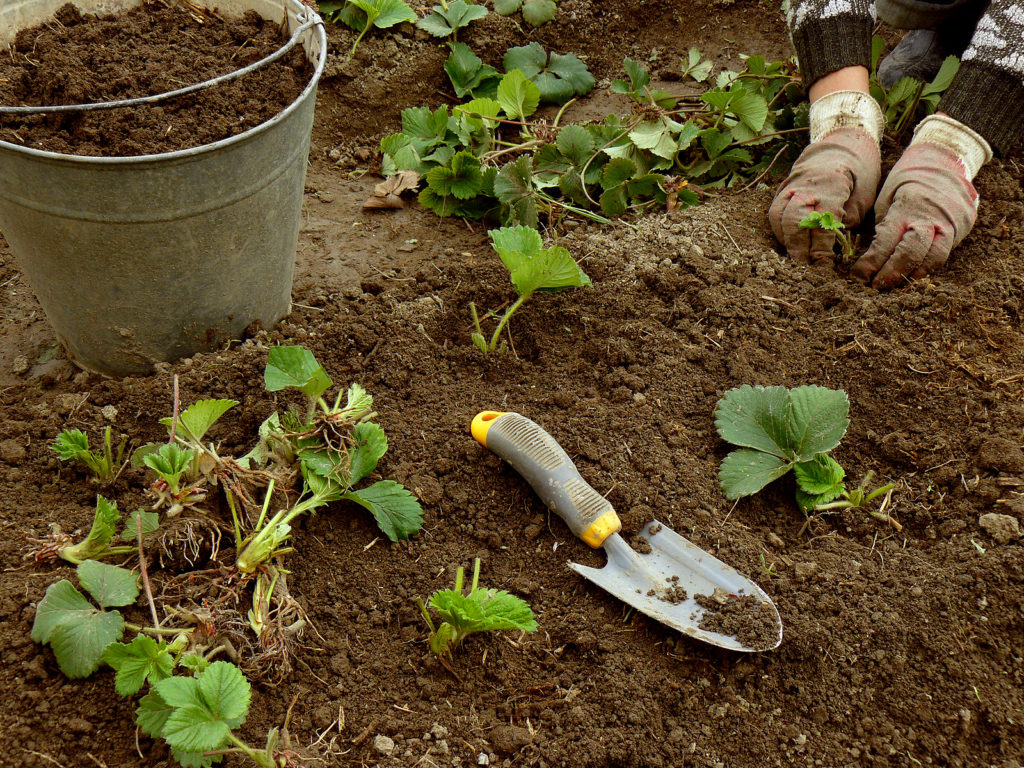
*
*
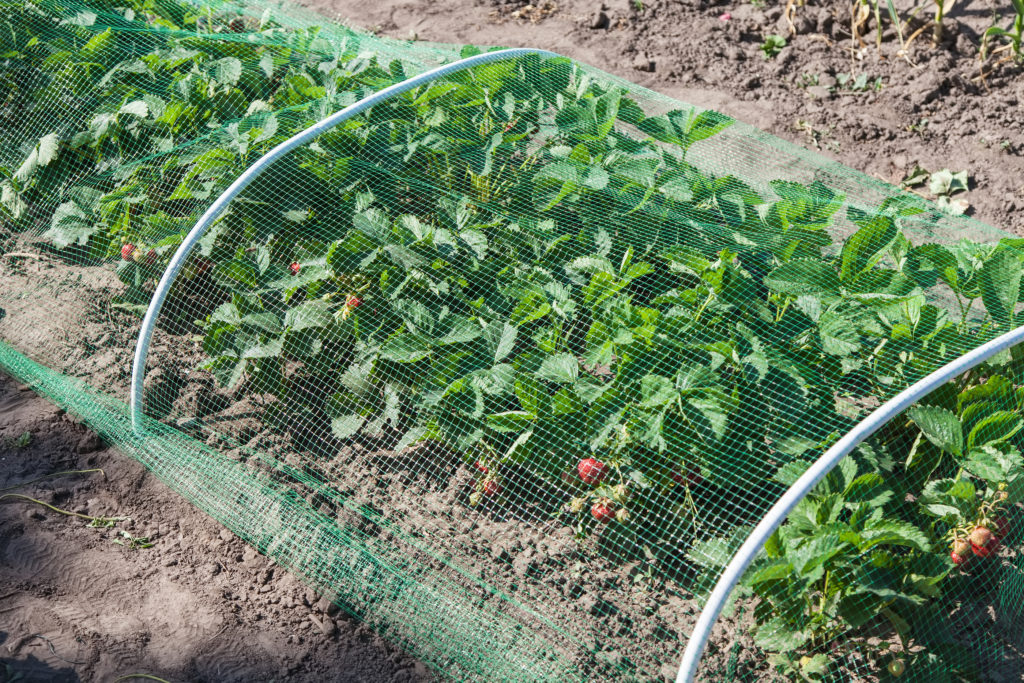
*
*
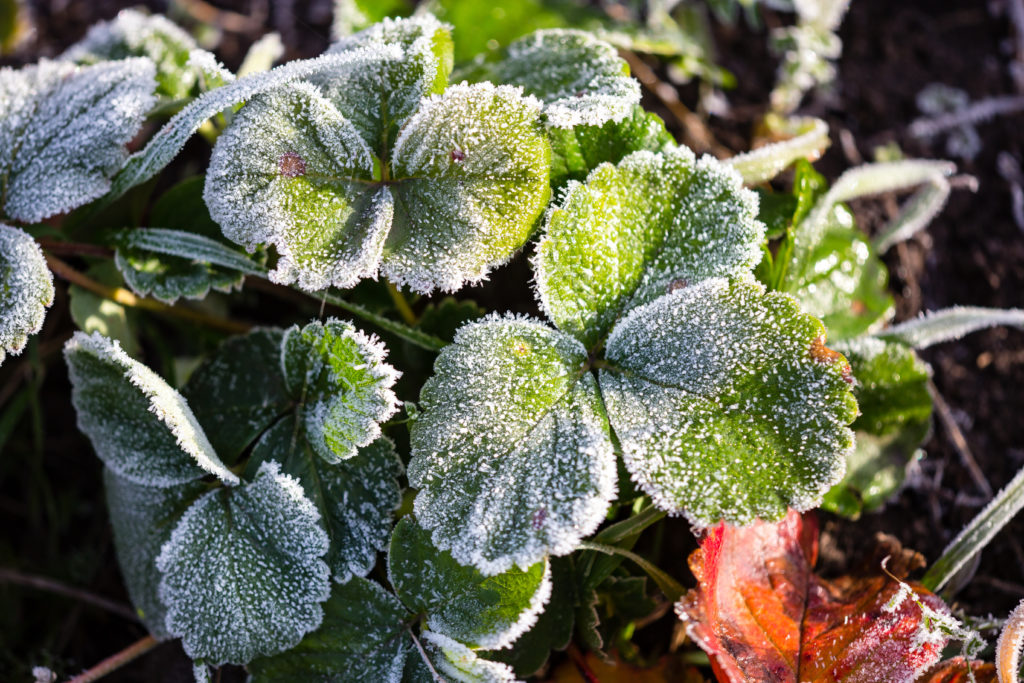
*
*
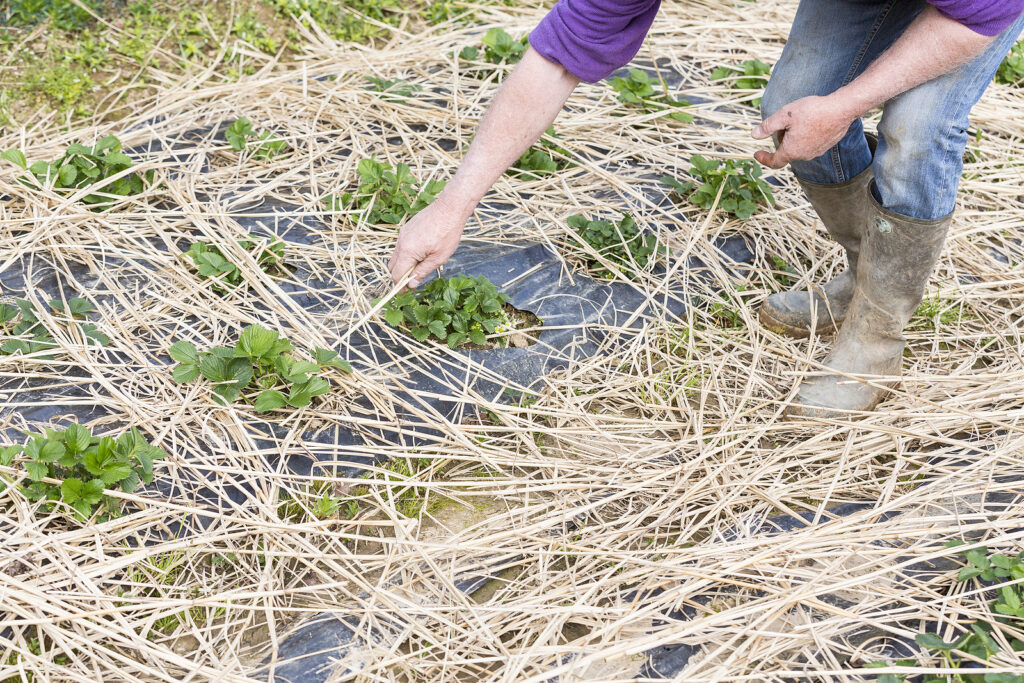
*
*
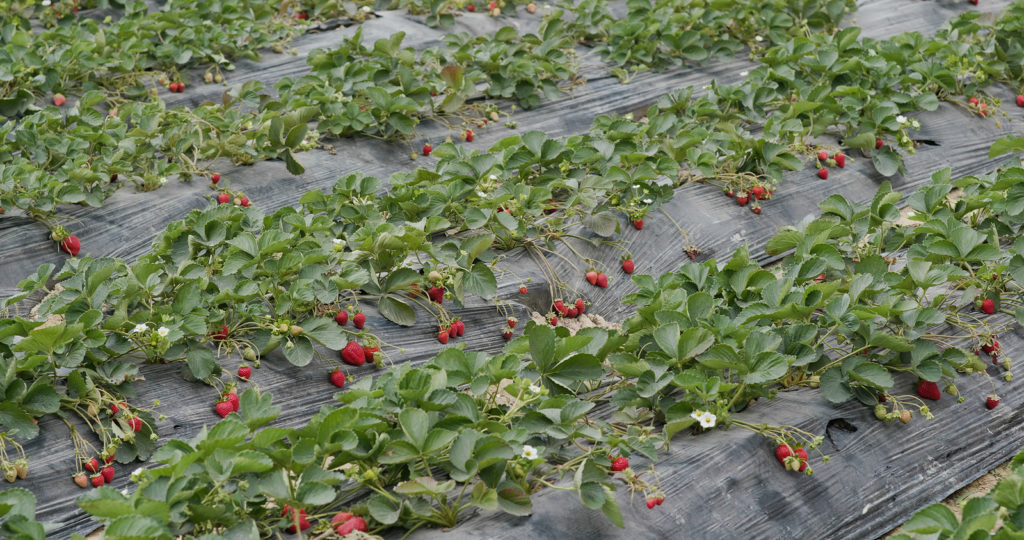
*
*

*
*
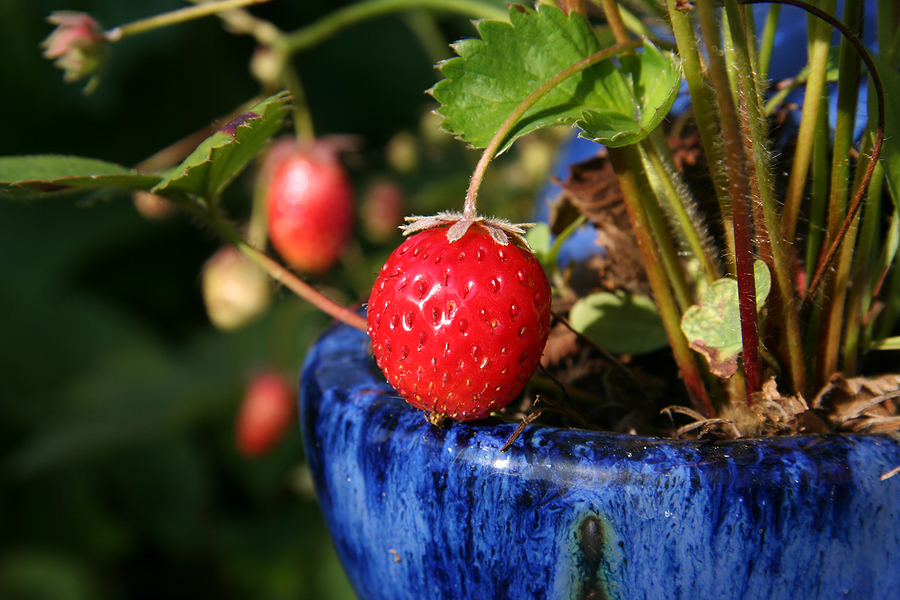
*
*
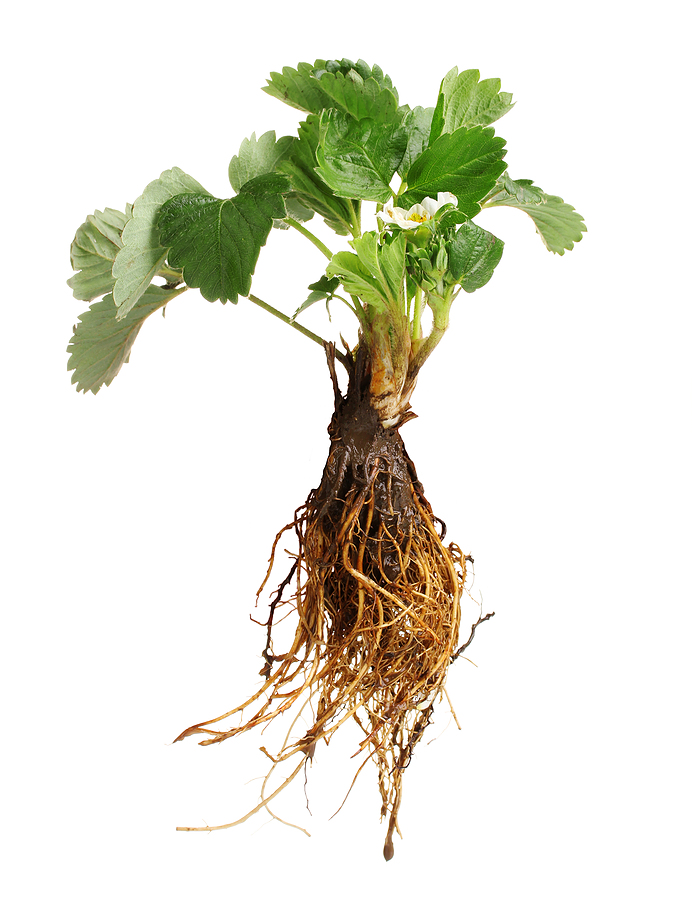
*
Related articles:
Planning the Home Fruit Garden
Garden Planning Books at Amazon:

